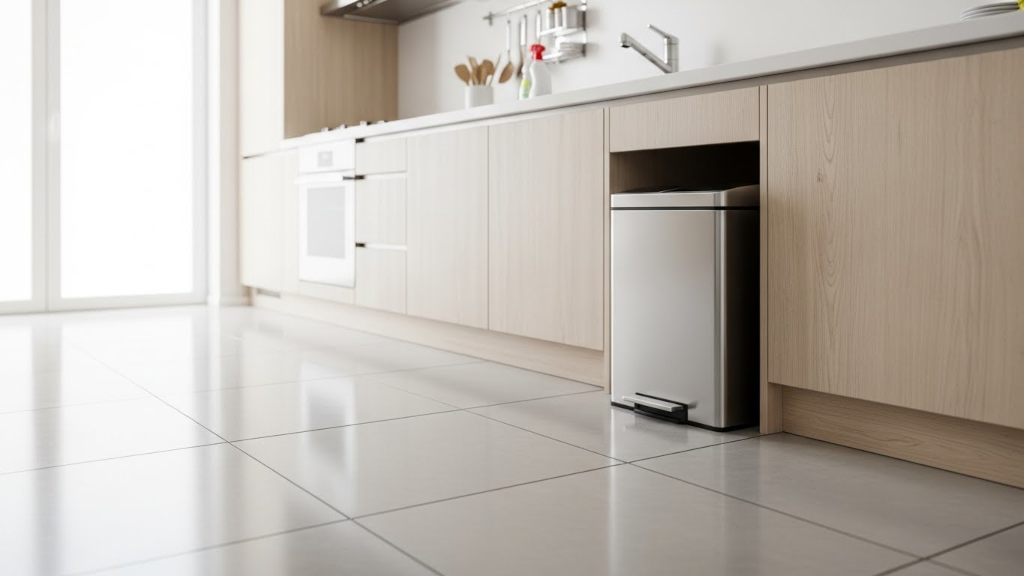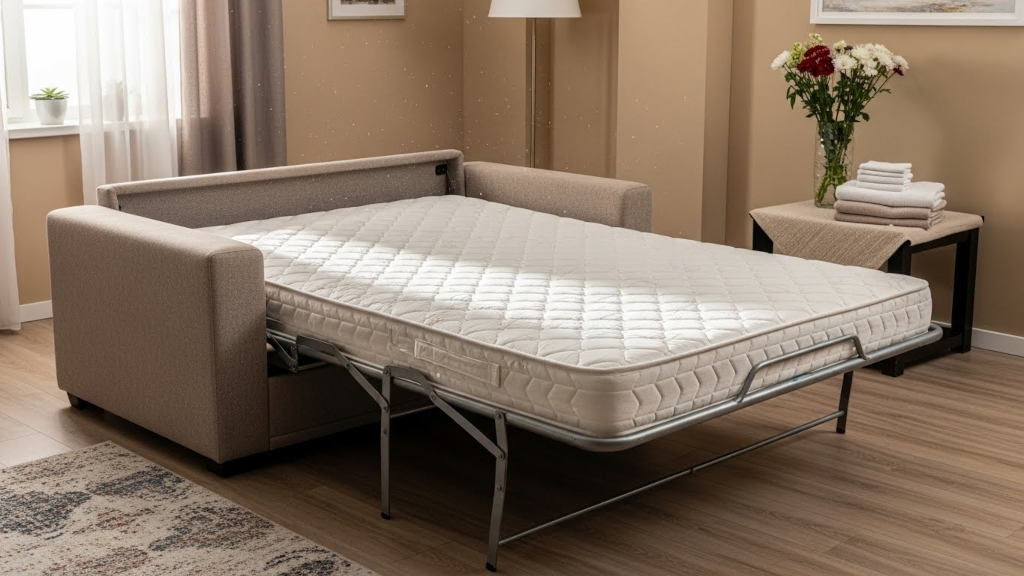Controlling litter box odor is one of the most common challenges for cat owners. Even a clean litter box can release sharp ammonia smells that affect your entire living space. Many people reach for air fresheners or scented candles, but those often make the air feel more stuffy than fresh.
Instead of layering heavy fragrances on top of the problem, the best method is to eliminate the odor at its source. With the right odor-neutralizing spray and smart litter box placement, you can improve indoor air quality without relying on overpowering scents.
Why Air Fresheners Fall Short
Most air fresheners don't remove odor. They mask it. In areas like your cat’s litter box, that often backfires. The mix of synthetic fragrance and the natural scent of waste creates an even more unpleasant smell. It may be tolerable in the short term, but it doesn't solve the issue.
Heavy scents can also irritate pets. Cats have a stronger sense of smell than humans, and heavily fragranced products can lead to litter box avoidance. This results in health problems and increased accidents outside the box.
Odor Elimination vs. Odor Masking
If you want clean air around your cat’s litter area, you need a true odor eliminator and not a perfume. Look for products specifically designed for indoor odor removal, especially in high-odor zones like utility rooms, bathrooms, and pet spaces.
An effective odor neutralizer will:
-
Break down odor molecules using safe, non-toxic ingredients
-
Be safe to use around animals
-
Avoid leaving behind artificial residue or strong perfume
-
Work in both open and closed litter box setups
These sprays are designed to handle the strong compounds in litter box smells, especially ammonia and sulfur. They actively clean the air, helping restore a more neutral indoor environment.
Smart Spray Strategies for Pet Areas
Using an odor spray is not about saturation. It’s about timing and location. Apply the product right after scooping the litter box or whenever the air begins to feel stale.
Mist lightly above the litter box, not directly into the litter, to avoid disrupting the texture or irritating your cat. You can also spray the surrounding floor or mat if needed.

Be cautious with essential oil–based sprays, as some oils can be toxic to cats. Always check the label and choose a pet-safe formula intended for indoor air quality improvement.
Quick Checklist for Odor Control
Use this easy routine to keep odors from building up:
-
Scoop the cat’s litter box at least once a day
-
Spray a pet-safe odor neutralizer after each cleaning
-
Replace the litter frequently based on type and usage
-
Keep food and water bowls in a separate area
-
Use low-dust, unscented litter to reduce indoor air pollution
How Ventilation Supports Odor Removal
Many litter boxes are placed in tight or enclosed spaces, like closets, laundry rooms, and basements. These locations trap air and allow odor to settle. Even the best spray won't fully work without airflow.
Here’s how to improve air circulation around the box:
-
Use a small fan near the area to gently move air
-
Place the litter box near a window that can be opened part of the day
-
Avoid setting the box in a completely closed cabinet or under a sink
-
If using a covered litter box, ensure it has a filter or airflow vents
Ventilation not only helps with odor, but it also supports better respiratory health for both cats and humans. It reduces the buildup of allergens, moisture, and bacteria that can linger in poorly ventilated areas.
Litter Box Placement Makes a Difference
Where you put the litter box can affect both how it smells and how well your cat uses it. Avoid placing it near your main living room or kitchen. Instead, choose a low-traffic space with fresh air flow and easy access.
Avoid corners where odor can collect. Try to elevate the box slightly or leave space behind it so air can circulate freely. This also makes it easier to clean and keeps the box from becoming a forgotten odor source.
What to Avoid
Many well-meaning owners try baking soda, essential oils, or potpourri near the litter box. These can create new problems. Baking soda may neutralize some smells, but not deeply enough. Oils and potpourri may introduce toxic ingredients.
Instead, stick with a reliable, tested odor eliminator spray and follow up with proper ventilation.
Creating a Cleaner, Healthier Home
Controlling litter box odors without heavy scents is possible and simple. Choose a high-quality odor-removal company, improve airflow, and stay consistent with cleaning. Avoid shortcuts like masking fragrances and instead focus on real odor elimination.
Over time, your home will feel fresher, your air cleaner, and your cat more comfortable. A clean litter box isn’t just about smell, it's about supports better habits, better air, and a better indoor environment.








